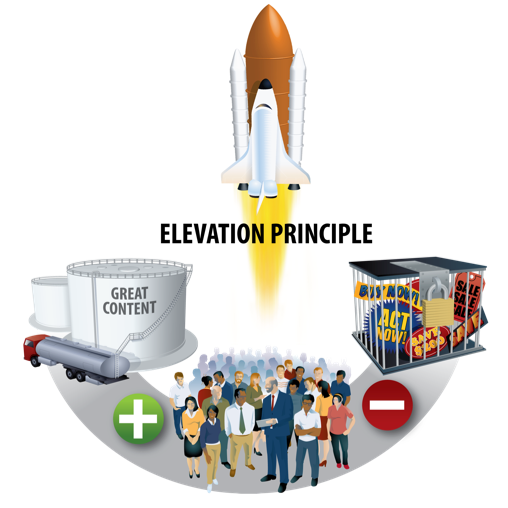Its goal is to throw a persuasive story to the media, who’ll meet its needs, and also garnering coverage for you or your organization. When doing this, highlighting your service or product is important. However, helpful PR is absolutely not about hype and fluff. For your pitch to be a success, you should also enlighten, educate, and if you can, entertain combined with giving the readers, viewers or listeners information on a particular field or topic which they don’t have access to otherwise.
Possibly, the most important feature that differs public relations from other marketing types is that the stories are looked at the way that other articles or segments featured in the news are. They are evaluated and verified. Editors and segment producers are designated to assess the stories before getting run. This validation gives the news trust value which the print ad or commercial cannot deliver.
A person with the capability to pay for an ad can buy it, and that is fine. However, there’s a really huge difference between appearing in an ad from being featured within an editorial story. The value of trust that is achieved from being featured in the news is incalculable.
On the other side, online PR is a bit more akin to marketing or advertising as opposed to the traditional public relations. Generally, there is no third party involved to verify the story, no editors or segment producer to complete the vetting process or evaluate the article or segment which has been tendered. Online PR generally has something to do with posting information regarding online communities, blogging, email marketing campaign and distribution of online press release.
Unique online is the process of pitching bloggers. It is extremely different from a pitch to the usual media outlet because different bloggers discuss various things. Create your contact personal and don’t turn it into a pitch since bloggers aren’t in search of media oriented pitches and also PR releases.
Press releases being sent through PRWeb and PR Newswire are another online PR approach. And once again, this is accomplished very differently from the traditional media strategy. With this, landing mainstream media through your releases isn’t the main goal, if it is, then its time you think your strategy over. Primarily, press releases sent through such distribution sites are simply tools to aid your online visibility and ranking. Often, when using this method, the more releases you send out, the better for your company.
Keywords should be well mapped throughout the release, utilizing the proper keywords within the title, sub-title, as well as the body of the release. If it is the online press release route that you chose to do, utilize social bookmark services like onlywire or furl.net to archive your releases.
Even though the media can be influenced by online PR, its main purpose is always to correspond with others on the net using different websites and blogs. A great way though would be to fuse traditional PR with an online marketing approach. With this type of approach, you can use the validation of the traditional PR as well as the global scope of online Public Relations that allows you to develop a marketing program which is more better than the total of the parts. It is also a good move to consult online reputation management services to help you pick the best option for your company.



